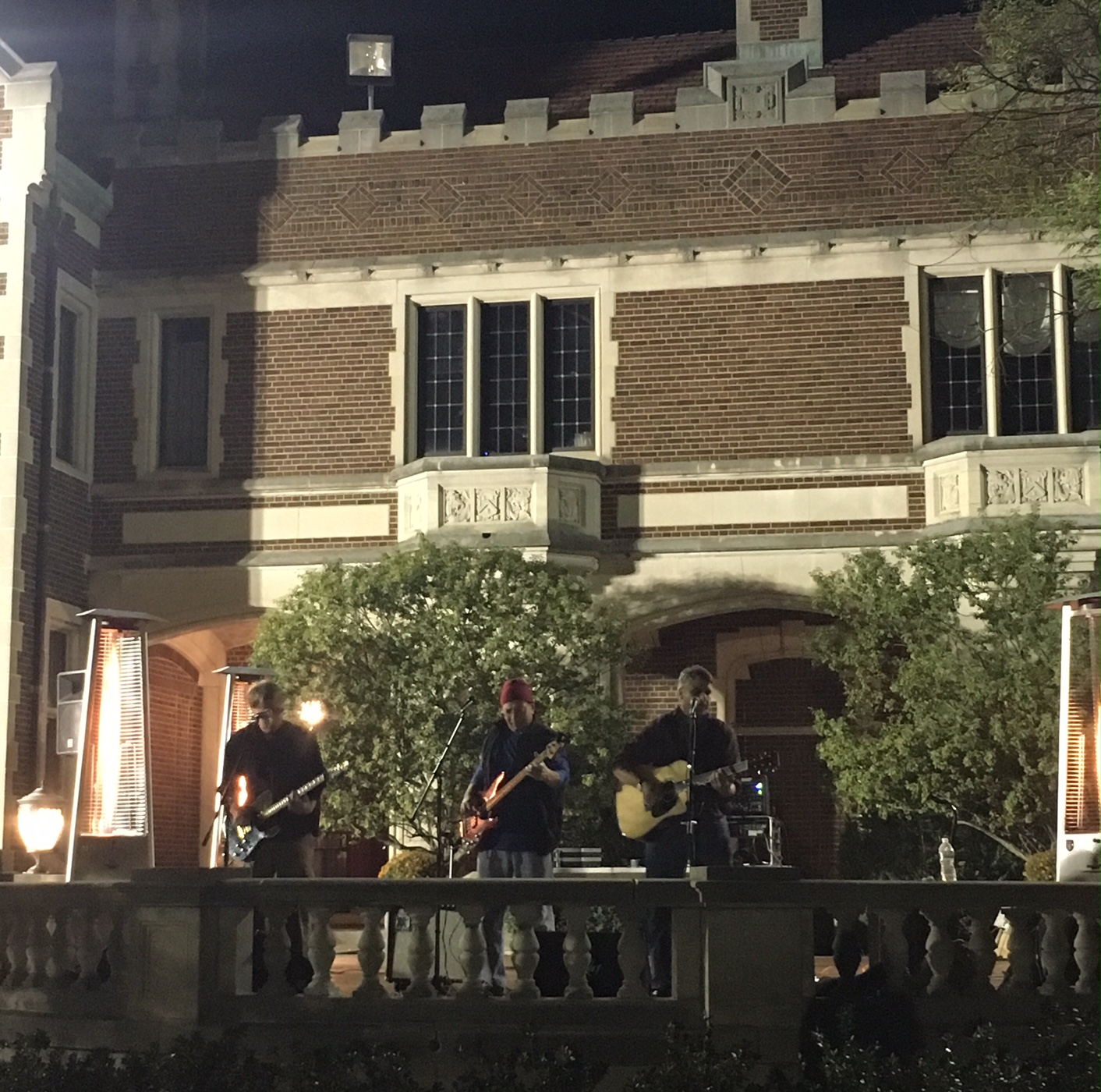

Urban development, the process of clearing land for homes, businesses, and agriculture, destroys animal habitat, the places where animals live in the wild.

This sometimes makes scavengers better at adapting to new environments than other organisms. Because most scavengers are flexible about what they eat, they have an easier time finding food than creatures with more restricted diets. Foxes and coyotes are more likely to eat carrion in the winter when they cannot find other food. Black bears feed mostly on fruit, nuts, and berries, but they, too, will eat dead animals. Lions, leopards, wolves, and other predators-animals that hunt other animals-will eat carrion if they come across it. Scavengers in the Food Chain Many animals will scavenge if they have the chance, even though carrion is not their preferred food source. In addition to hunting, great white sharks feast on dead whales, fish, and pinnipeds such as sea lions. Sea creatures such as crabs and lobsters will eat carrion and most anything else they find. Cockroaches feed on dead animals, but they also eat plants, paper, and other material. In addition to the area around wounds of livestock, blowflies also feed on plant matter such as rotting garbage. Like the hyena, few scavengers eat decaying flesh exclusively. A pack of hyenas, however, will work together to hunt antelope and other creatures. Hyenas may consume an animal that has died of injuries, or it may steal meat from another carnivore, such as a lion.

A lone hyena feeds mostly on dead animals. Hyenas are often thought of as scavengers, but are also traditional carnivores. The dead flesh around the wound is eaten, while the animal itself remains relatively healthy. Blowflies often feed on the wounds in sheep, cattle, and other livestock. Animals do not always have to be dead for these scavengers to feast on their decaying flesh. Lammergeiers drop the bones from great heights to break them into smaller pieces, then chew them up to get at the marrow, the soft tissue inside the bones. Rather than eating meat, they survive almost entirely by eating bones. Lammergeiers, or bearded vultures, have more specialized feeding habits than other vultures. This prevents bits of carrion, which can carry toxic bacteria, from sticking to feathers and infecting the bird. Many vultures are also bald, meaning they have no feathers on their head. Raptors use sharp talons and beaks to kill, while vultures do not need to overpower or secure their prey. Unlike raptors, or birds that hunt, vultures have weak talons and beaks. They use these keen senses to locate rotting carrion while they are soaring high over land. Most have excellent eyesight and a strong sense of smell. Vultures have many biological adaptations that make them well-suited to being scavengers. Vultures only eat the bodies of dead animals. Scavengers break down this organic material and recycle it into the ecosystem as nutrients.
Scavengers live event free#
They keep an ecosystem free of the bodies of dead animals, or carrion. Scavengers play an important role the food web. Carnivores and omnivores are secondary consumers. Herbivores, carnivores, and omnivores are consumers. Autotrophs are called producers, because they produce their own food. Scavengers, other carnivores, and omnivores, organisms that consume both plants and animals, are the third trophic level. Herbivores, or organisms that consume plants and other autotrophs, are the second trophic level. Autotrophs, organisms that produce their own food, are the first trophic level. Organisms in the food web are grouped into trophic, or nutritional, levels. Scavengers are a part of the food web, a description of which organisms eat which other organisms in the wild. While most carnivores hunt and kill their prey, scavengers usually consume animals that have either died of natural causes or been killed by another carnivore. Many scavengers are a type of carnivore, which is an organism that eats meat. A scavenger is an organism that mostly consumes decaying biomass, such as meat or rotting plant material.


 0 kommentar(er)
0 kommentar(er)
